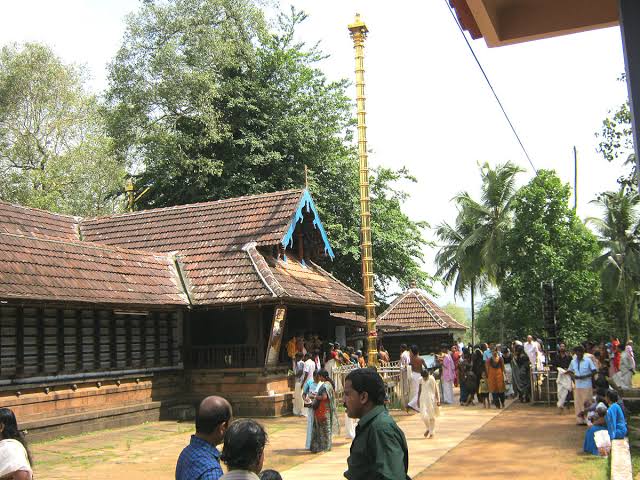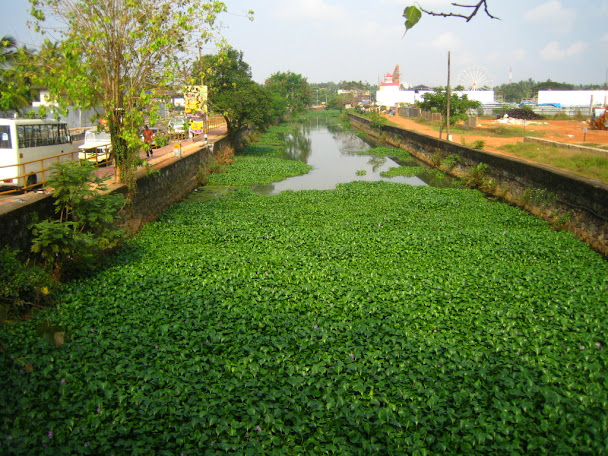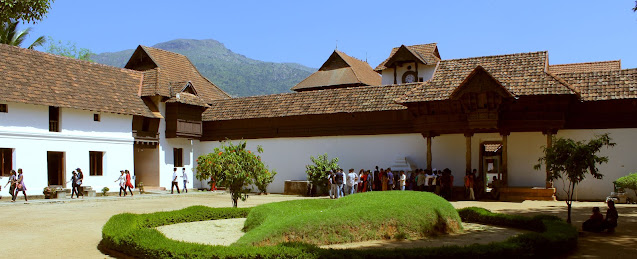Aranmula Temple: The abode of Parthasarathy

One among the 108 divya desams as per the Hindu scriptures this temple is a place of myths, legends, beliefs & reverence. The Lord Parthasarathy temple in Aranmula stands generously along the banks of the holy Pamba river & is one of the ancient temples from the time of Lord Krishna himself. The temple is on a high pedestal accessed by a flight of stairs on its north & east side. The temple apart from its reverence to Lord Krishna also believes in the old legends & so the Vallasadya & vallamkali are the evidence for these age old traditions. The origin of the temple is attributed to the Pandavas & the year of its consecration can be traced back to the Treta Yuga . The temple is said to be one among the 5 temples built by the Pandavas after the end of the Kurukshetra war which they won with the advice of Lord Krishna. The end of the war made the Pandavas realise that they gained nothing from the war & to wash their sins of killing their own famil







